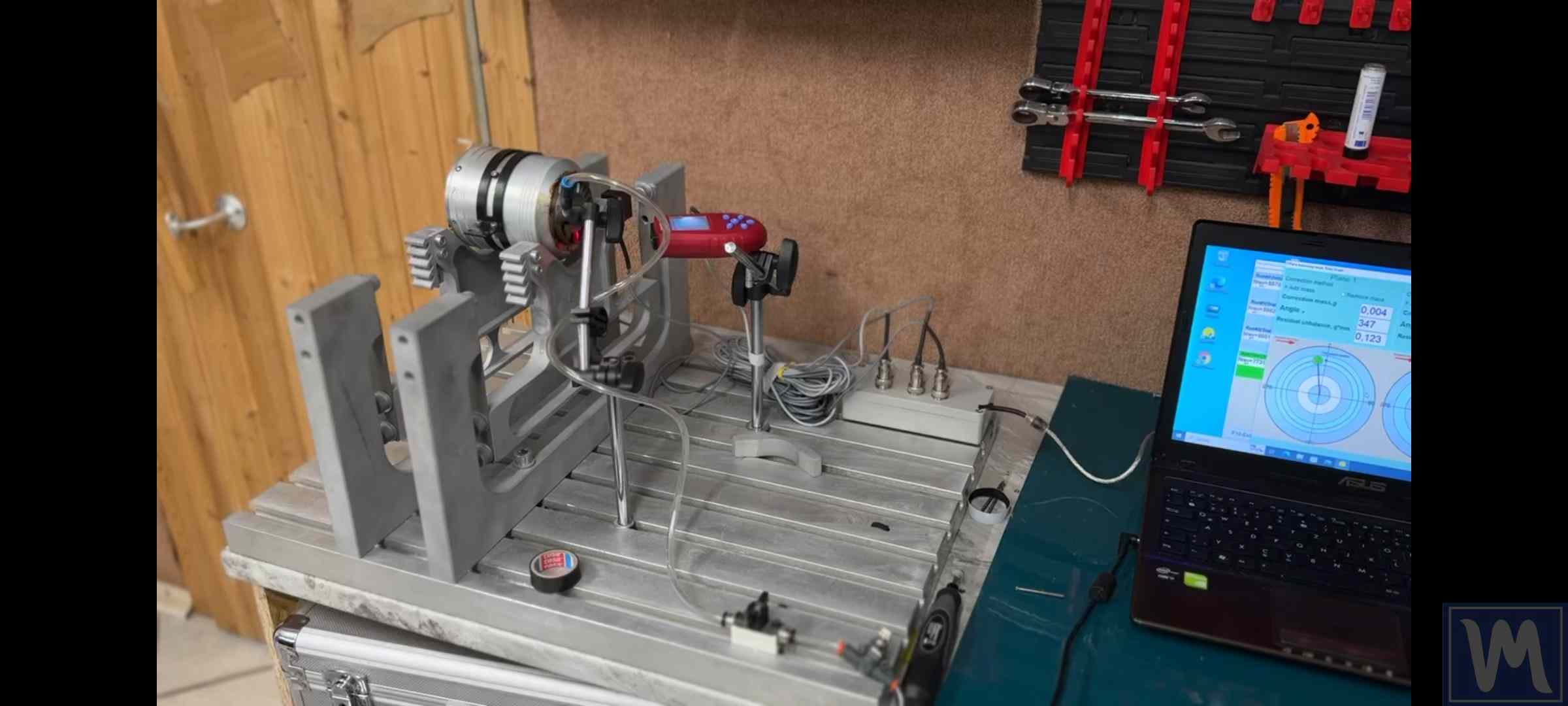Understanding Shaft Balancing
Shaft balancing is a crucial process in various industries that involve rotating equipment. It ensures optimal performance and longevity of machinery by eliminating vibrations caused by imbalance. This guide will explore the principles of shaft balancing, particularly dynamic balancing, which is vital for effective machinery operation.
Static vs. Dynamic Balance
To grasp the concept of shaft balancing, it is essential to understand the differences between static and dynamic balance. Static balance occurs when a rotor remains stationary, where the center of gravity is offset from the axis of rotation. This creates a tendency for the heavy side to move downward due to gravity. Static balancing resolves this by adjusting weight distribution along a single plane.
On the other hand, dynamic balance takes place when the rotor is in motion. In this scenario, imbalances can be present in multiple planes, causing complex interactions that result in increased vibrations. Dynamic balancing addresses the issues that arise from these forces, requiring precise adjustments to counteract the effects of the imbalance.
The Importance of Dynamic Shaft Balancing
Dynamic shaft balancing is integral in enhancing machinery efficiency, reducing wear and tear, and minimizing energy consumption. This is particularly significant in equipment like fans, turbines, and centrifuges, where operational stability is crucial. Using advanced vibration analysis systems, technicians can assess the initial state of the rotor and undertake corrective measures to restore balance.
The Balancing Process
The process of dynamic shaft balancing typically involves several key stages:
- Initial Vibration Measurement: This is the first step in determining the rotor’s imbalance. Vibration sensors are affixed to the rotor, capturing data as the machine operates. This data serves as a baseline for subsequent measurements.
- Calibration Weight Installation: Following the initial assessment, a known calibration weight is attached to the rotor. This weight is used to evaluate how the addition of mass affects vibration levels.
- Weight Adjustment: The calibration weight may be repositioned to different points on the rotor to observe changes in vibration, helping to identify optimal locations for corrective weights.
- Final Weight Installation: Based on the data collected, final weights are installed strategically on the rotor. After installation, the rotor is tested again to ensure that vibration levels have significantly decreased, confirming successful balancing.
Technical Considerations in Shaft Balancing
Dynamic balancing involves sophisticated calculations and measurements. For instance, technicians must determine the appropriate mass and angular placement of corrective weights to counteract the identified imbalance. This process often employs vibration analysers with two-plane balancing capabilities to achieve precise results.
Installed vibration sensors play a crucial role as they provide real-time feedback on vibration changes during the balancing process. The sensors must be positioned correctly on the machinery to capture accurate data, often installed in perpendicular directions for comprehensive coverage.
Two-Plane Balancing
Two-plane dynamic balancing is particularly beneficial for long, continuous rotors where imbalances can occur in multiple dimensions. This technique ensures that corrective actions consider forces acting across various planes. By measuring vibrations in two planes, it becomes possible to identify the precise locations where weights should be added or removed.
Equipment Used for Shaft Balancing
Shaft balancing is typically performed using portable devices like the Balanset-1A, which features dual-channel capabilities for analyzing vibrations in two planes. Such devices are adaptable and can be employed for balancing a range of machinery, including crushers, mulchers, and turbines. These tools simplify the balancing process, making it accessible across various industries.
Vibration Analysis and Measurement
The effectiveness of the balancing process hinges on accurate vibration analysis. High-quality vibration sensors, laser tachometers, and software applications work together to provide detailed insights into machine performance. These measurements are critical for diagnosing issues, determining the extent of imbalance, and guiding the adjustment processes needed for effective balancing.
Conclusion
In conclusion, shaft balancing is an essential practice for maintaining the functionality and efficiency of rotating machinery. Emphasizing dynamic shaft balancing helps to mitigate vibrations that can lead to premature wear, reduced operational efficiency, and increased energy costs. By understanding the principles of static and dynamic balance, as well as the methods and tools involved in the balancing process, industries can ensure their equipment operates smoothly and reliably.
Investing in appropriate balancing tools and training personnel in proper measuring techniques is vital for achieving optimal results. This proactive approach will not only extend the lifespan of machinery but also improve overall productivity within operations, making shaft balancing a critical component of maintenance strategies across various industrial applications.
Instagram: https://www.instagram.com/vibromera_ou/
Youtube : https://www.youtube.com/@vibromera
